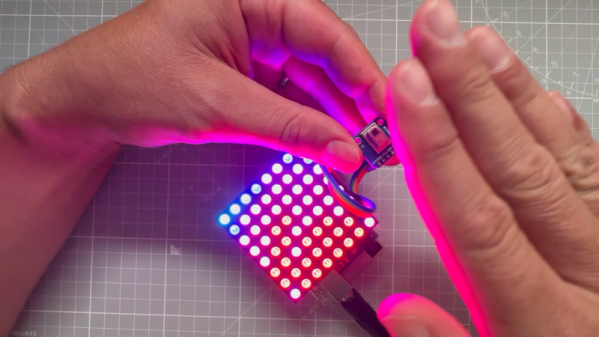Harry Daghlian and Louis Slotin were two of many people who worked on the Manhattan Project. They might not be household names, but we believe they are the poster children for safety procedures. And not in a good way.

Slotin assembled the core of the “Gadget” — the plutonium test device at the Trinity test in 1945. He was no stranger to working in a lab with nuclear materials. It stands to reason that if you are making something as dangerous as a nuclear bomb, it is probably hazardous work. But you probably get used to it, like some of us get used to working around high voltage or deadly chemicals.
Making nuclear material is hard and even more so back then. But the Project had made a third plutonium core — one was detonated at Trinity, the other over Nagasaki, and the final core was meant to go into a proposed second bomb that was not produced.
The cores were two hemispheres of plutonium and gallium. The gallium allowed the material to be hot-pressed into spherical shapes. Unlike the first two cores, however, the third one — one that would later earn the nickname “the demon core” — had a ring around the flat surfaces to contain nuclear flux during implosion. The spheres are not terribly dangerous unless they become supercritical, which would lead to a prompt critical event. Then, they would release large amounts of neutrons. The bombs, for example, would force the two halves together violently. You could also add more nuclear material or reflect neutrons back into the material.
Continue reading “Screwdrivers And Nuclear Safety: The Demon Core”














